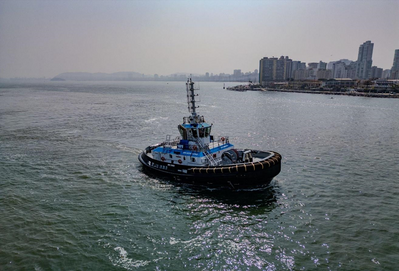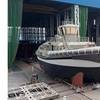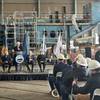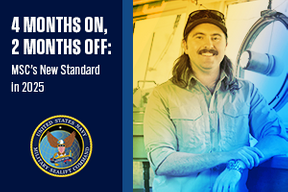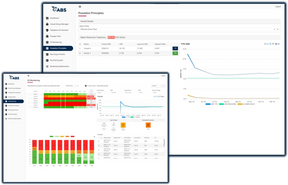New IMO Tier III Tug for Port of Santos
The Wilson Sons tug WS Onix has commenced operation in the Port of Santos, the largest port facility in Latin America.
It is the sixth vessel in the company's 2513 class and was built at the Wilson Sons shipyard in Guarujá (SP).
The six new tugs built over the last two years have completed more than 5,000 port maneuvers. They are 25 meters long and 13 meters wide, operate forward and aft with the same efficiency and can be used in port maneuvers and deep-sea towage.
The tugs are equipped with over 90 tons of bollard pull and are the first ever in Brazil to meet the IMO TIER III standard, which attests to the reduction of up to 70% of nitrogen oxide emissions. This standard is only required in Emission Control Areas, such as in some regions of North America and Europe.
Their Damen Shipyards hull design leads to reduced greenhouse gas emissions and an estimated decrease of 14% in the consumption of fossil fuels. Twin fins improve seaworthiness and increase drag capacity in maneuvers which ensures lower fuel consumption and, consequently, lower emissions.
The financing for the six new tugs came from the Merchant Navy Fund (FMM) using BNDES as a lending institution. The first one, WS Centaurus, was delivered in July 2022. WS Centaurus has been operating at the Ponta da Madeira, Itaqui and Alumar terminals in São Luís (state of Maranhão), attending large ships exporting up to 400,000 tons of cargo. At Ponta da Madeira, it supports iron ore ships. At Itaqui, it conducts operations on ships carrying diesel, corn, soybean, fertilizer and paper pulp.
The other vessels are WS Orion, which joined WS Centaurus in operations in the same area, WS Rosalvo, which operates in the Port of Açu, in São João da Barra (RJ) supporting the mining and energy industries), WS Castor, operating in the Port of Açu, and WS Dorado, which also operates in the port facility of São Luís, in Maranhão.
Each new tug has replaced an older tug which is relocated to another port to add to the existing fleet. This relocation process creates a cascading effect, benefiting multiple locations. The ports receiving these relocated tugs have increased maneuverability and service capabilities. This is particularly important for smaller or less busy ports, where increasing the fleet makes a substantial difference in operational efficiency.
The company's shipyard has built 154 vessels.



